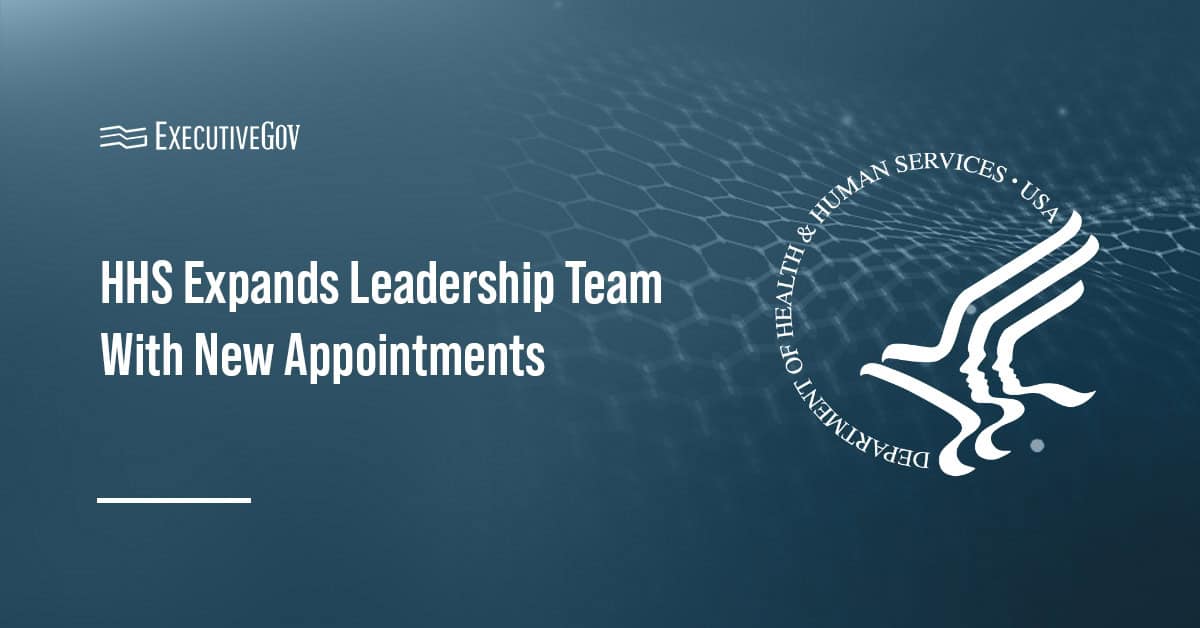 President Donald Trump has said Lockheed Martin moved to lower the price of the next batch of 90 F-35s by approximately $600 million, The Washington Post reported Monday.
President Donald Trump has said Lockheed Martin moved to lower the price of the next batch of 90 F-35s by approximately $600 million, The Washington Post reported Monday.Aaron Gregg writes Trump made the statement after weeks of discussion with Lockheed CEO Marillyn Hewson about the program’s cost.
Last month, Hewson gave Trump her personal commitment to drive down the cost of F-35 production.
The report said each fighter aircraft costs an estimated $100 million and Lockheed expects the price to drop to as low as $85 million as production volume increases.
Lt. Gen Chris Bogdan, head of the F-35 Joint Program Office, told reporters Dec. 20 that price of F-35 could decrease by six to seven percent per unit in the Defense Department‘s latest order.
The U.S. Air Force‘s budget also takes into account cost reduction of roughly $10 million per aircraft between 2016 and 2017, Gregg wrote.





